Exploring the Symbolism Behind Zulu Attire: Messages and Meanings
Exploring the Symbolism Behind Zulu Attire: Messages and Meanings
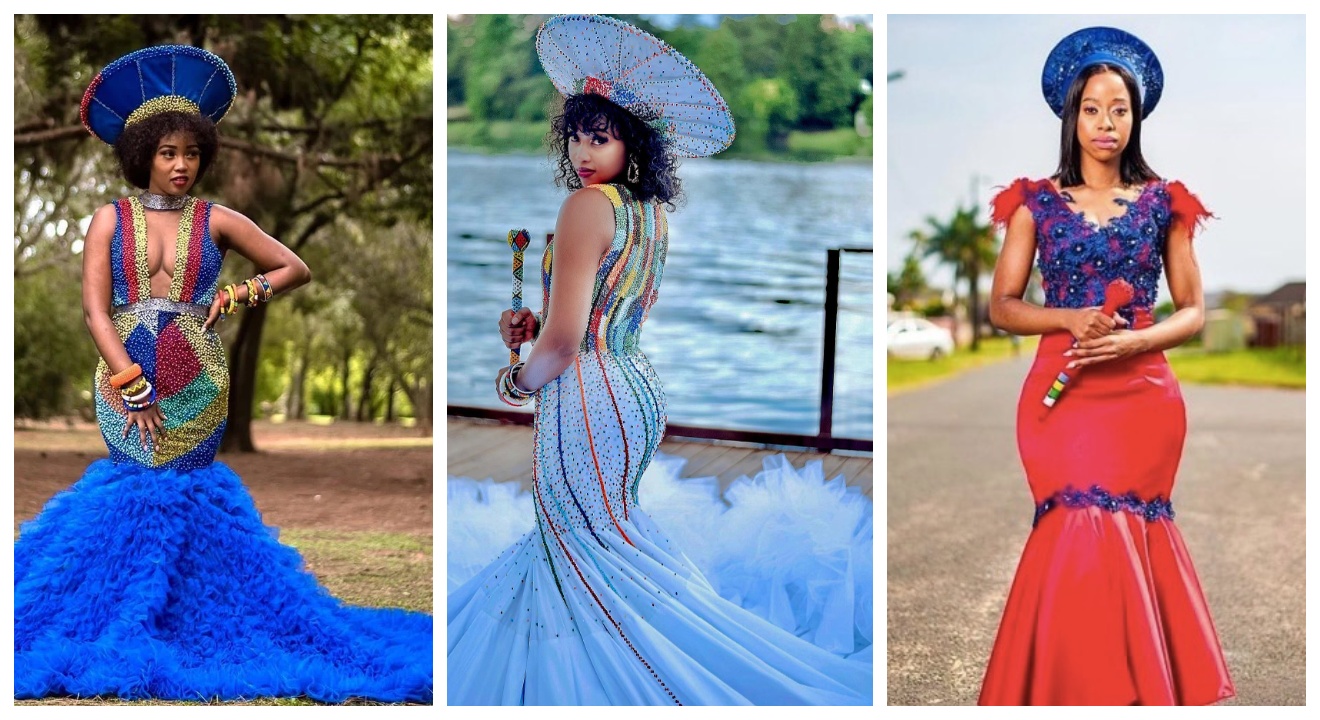
Introduction to Zulu Attire
Zulu attire is a vibrant and culturally rich clothing style that holds deep significance within the Zulu culture. In this article, we will explore the historical significance of Zulu attire and delve into the traditional elements and symbolism found in Zulu clothing.
Historical Significance of Zulu Attire
Zulu attire has a long and storied history that reflects the traditions and customs of the Zulu people. Clothing played a crucial role in expressing social status, gender roles, and cultural identity within the Zulu community. In the past, Zulu attire was primarily made from animal skins, beads, and cloth, with each material serving a specific purpose and carrying symbolic meanings.
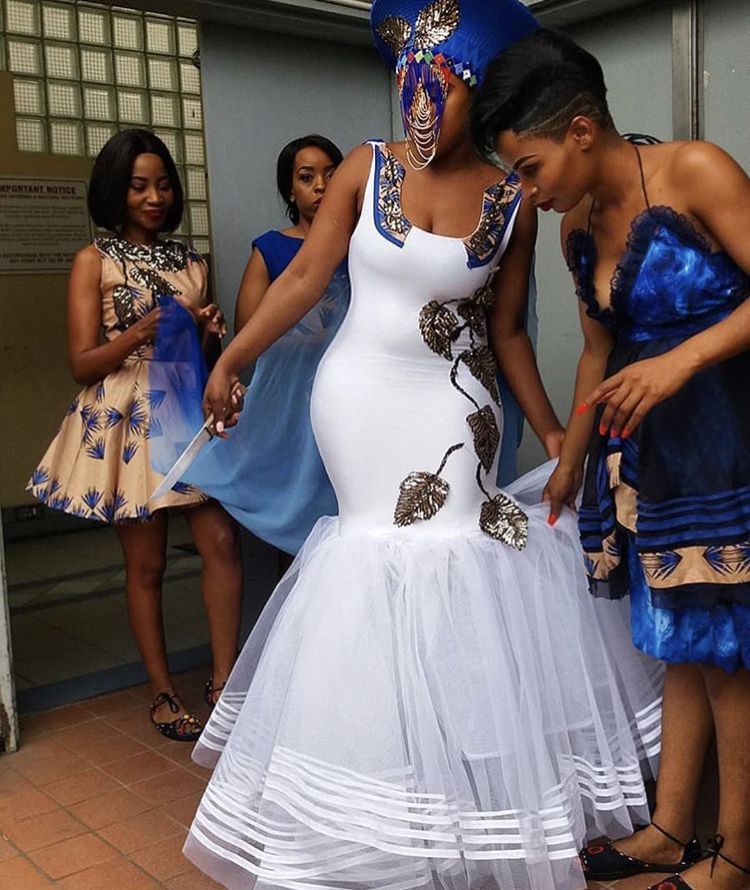
Traditional Elements and Symbolism in Zulu Clothing
Zulu clothing is adorned with intricate beadwork, vibrant colors, and unique patterns that hold deep symbolism. The colors used in Zulu attire often represent different stages of life or spiritual meanings. Beadwork is a prominent feature in Zulu clothing and serves as a form of communication, conveying messages about a person’s marital status, social standing, and personal beliefs.
Zulu attire also incorporates elements such as headdresses, aprons, and traditional accessories, each carrying its own symbolism. These elements reflect the rich cultural heritage of the Zulu people and contribute to the overall visual storytelling of their attire.
By understanding the historical significance, traditional elements, and symbolism embedded within Zulu attire, we can gain a deeper appreciation for the cultural identity and heritage of the Zulu people.
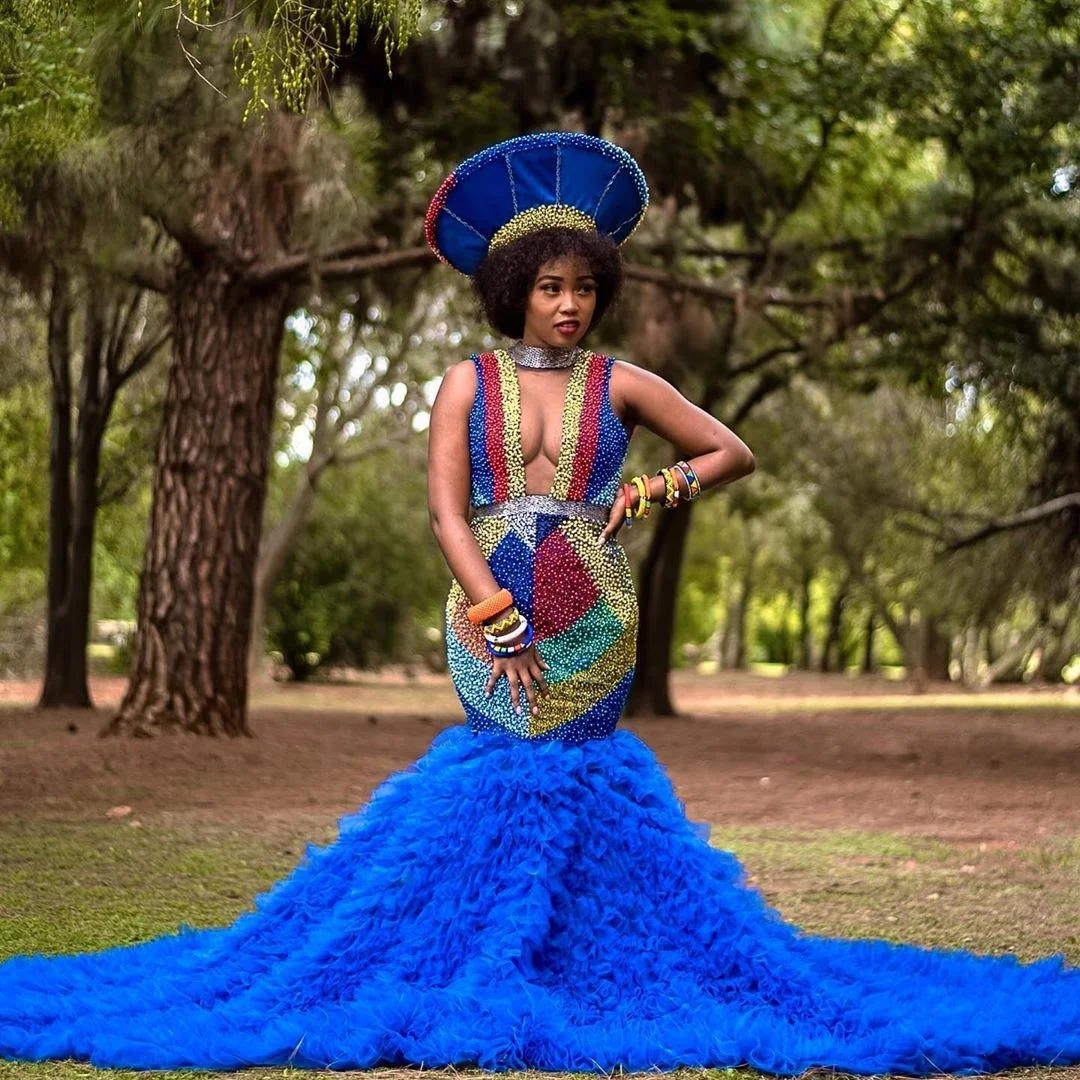
Colors and Their Meanings
Zulu attire is known for its vibrant and eye-catching colors, which hold deep significance within the culture. Each color used in Zulu clothing carries its own meaning and messages.
Significance of Vibrant Colors in Zulu Attire
The vibrant colors used in Zulu attire are chosen intentionally to convey a variety of emotions, beliefs, and stages of life. These colors symbolize different aspects of Zulu culture and traditions. For example, the color red represents passion, power, and energy, while green signifies fertility, growth, and prosperity. Yellow is associated with joy and celebration, while blue represents spirituality and the divine.
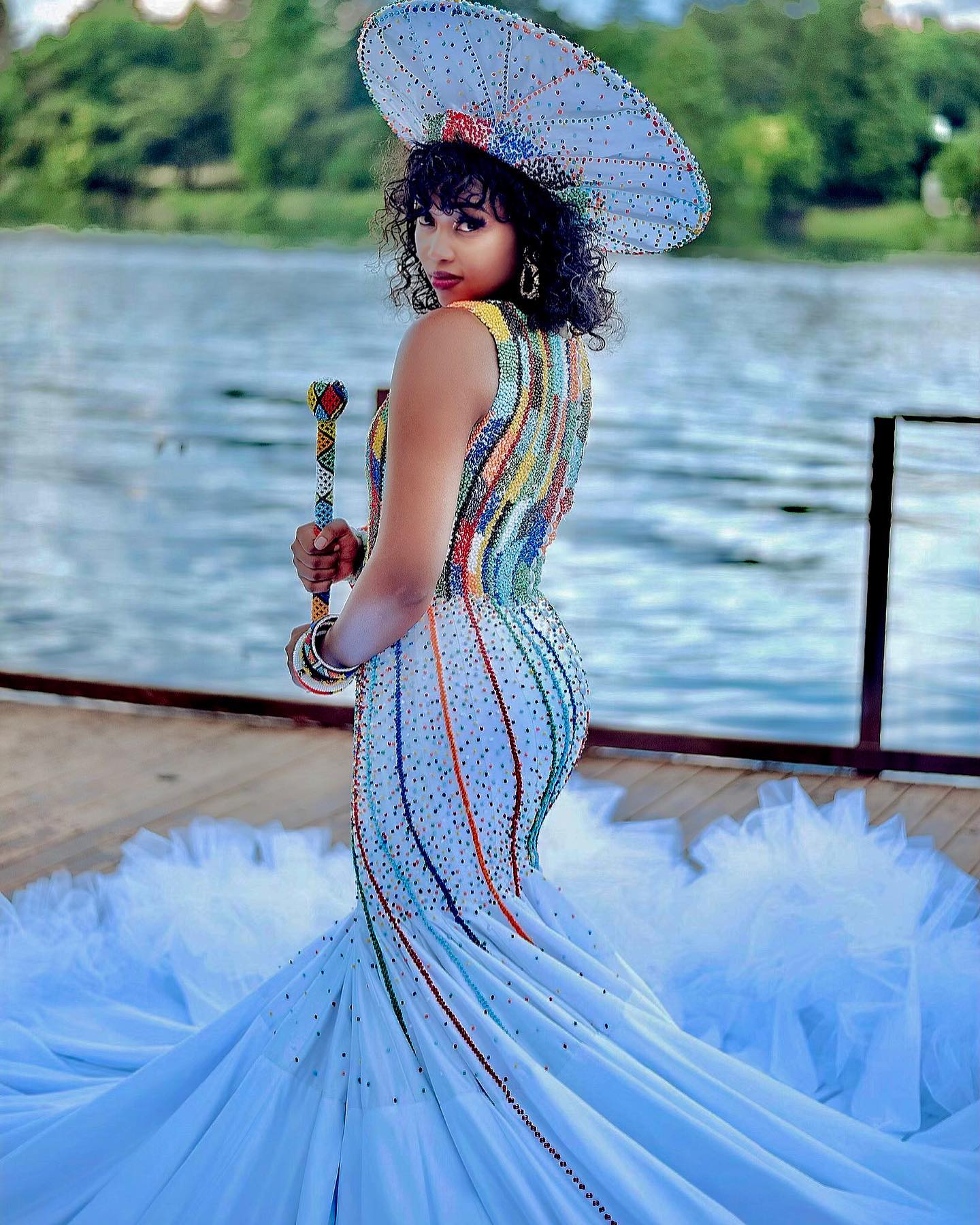
Colors Used to Convey Different Messages
In Zulu attire, colors are also used to convey specific messages. For instance, a bride may wear a vibrant red or white wedding dress to symbolize purity, love, and the beginning of a new chapter in her life. A married woman may opt for a combination of black and white, representing maturity and wisdom.
By understanding the significance of colors in Zulu attire, we can appreciate the rich symbolism and messages behind each vibrant hue. It adds depth and meaning to the visual storytelling of Zulu clothing, reflecting the cultural identity and heritage of the Zulu people.
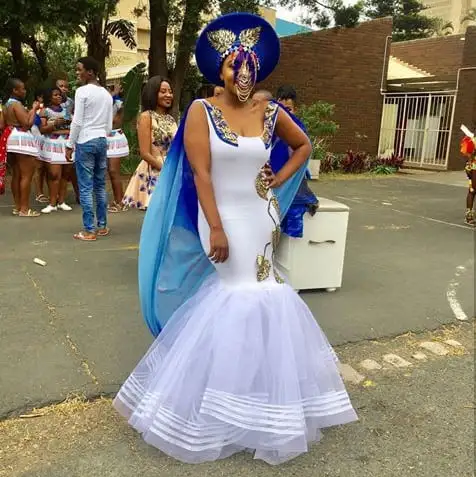
Beadwork and its Symbolism
Zulu attire is not only known for its vibrant colors, but also for its intricate beadwork, which holds deep symbolism within the culture. Traditional beadwork is an essential part of Zulu attire, with each bead pattern and design carrying its own unique meaning and messages.
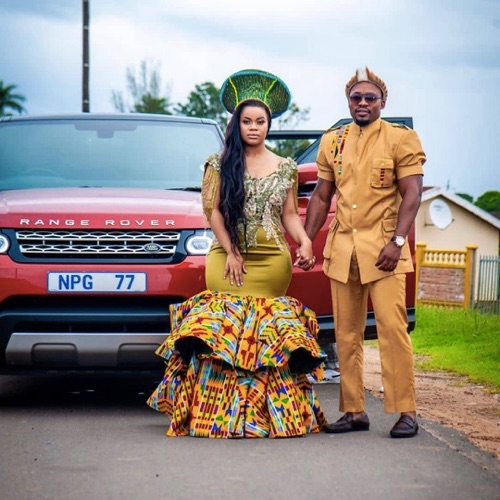
Traditional beadwork in Zulu attire
Beadwork has been an integral part of Zulu culture for centuries. It is used to adorn clothing, accessories, and even hairstyles. Beads are carefully selected and intricately woven to create beautiful patterns and designs. The colors and arrangements of the beads are significant, representing different aspects of Zulu traditions and beliefs.
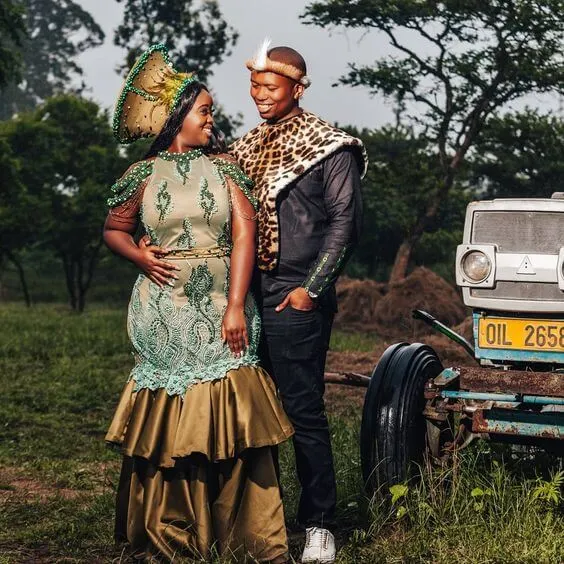
Meanings behind different bead patterns and designs
Each bead pattern and design in Zulu attire has its own specific meaning. For example, a zigzag pattern may symbolize the journey of life, with its ups and downs. A spiral pattern may represent growth, renewal, and transformation. Additionally, certain colors carry specific meanings. Red is associated with passion and love, while white represents purity and spiritual protection.
By understanding the symbolism behind the beadwork in Zulu attire, we gain a deeper appreciation for the cultural significance and heritage of the Zulu people. It adds depth and meaning to the visual storytelling of their attire, reflecting the values, beliefs, and traditions that have been passed down through generations
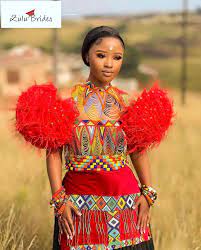
Animal Prints and Their Significance
Zulu attire is not only renowned for its vibrant colors and intricate beadwork but also for its use of animal prints, which hold deep symbolism within the culture. Animal prints are an integral part of Zulu clothing, and each specific pattern carries its own unique meaning and messages.
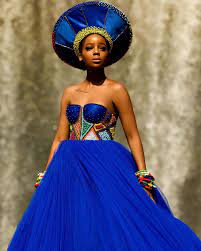
Use of Animal Prints in Zulu Clothing
Animal prints are incorporated into Zulu clothing to symbolize various aspects of their culture and beliefs. The prints are carefully selected and integrated into the design to convey specific messages and represent certain qualities. The Zulu people have a deep connection with nature and wildlife, and by incorporating animal prints into their attire, they pay homage to the significance of these animals in their lives.
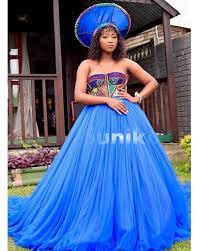
Symbolism Associated with Specific Animal Patterns
Each animal pattern in Zulu clothing carries its own symbolism. For example, the leopard print represents power, strength, and leadership. It is often worn by individuals who hold influential positions within the community. The zebra print signifies balance and harmony, symbolizing the importance of unity and working together. The snake print represents transformation and rebirth, reflecting the Zulu belief in personal growth and renewal.
By understanding the symbolism behind the animal prints in Zulu attire, we gain a deeper appreciation for the cultural significance and heritage of the Zulu people. It adds depth and meaning to the visual storytelling of their clothing, highlighting their connection to nature and their values as a community.
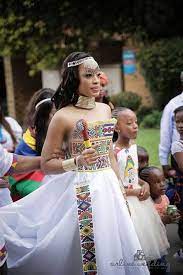
Headdresses and Their Messages
Zulu attire is not only known for its vibrant colors and intricate beadwork, but it also showcases a variety of headdresses that hold deep symbolism within the culture. These headdresses play a significant role in conveying messages and representing certain qualities. Here, we will explore the different types of headdresses in Zulu attire and the symbolic meanings behind various styles.
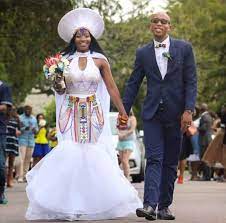
Different Types of Headdresses in Zulu Attire
Zulu headdresses come in various styles, each carrying its own significance. One of the most iconic headdresses is the Isicholo, a hat-like structure made of straw or other natural materials. It is commonly worn by married women and symbolizes their status and maturity. Another notable headdress is the Inkehli, a tall structure adorned with feathers, beads, and intricate designs. It is typically worn by men and signifies their leadership and authority.
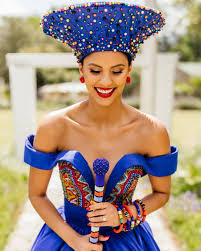
Symbolic Meanings Behind Various Headdress Styles
Each headdress style in Zulu attire has its own symbolic meanings. For example, the feathers on the Inkehli represent spirituality and the connection between the physical and spiritual realms. The elaborate beadwork on the Isicholo symbolizes beauty and femininity. And the size and height of the headdress can indicate social status and importance within the community.
Understanding the symbolism behind Zulu headdresses adds depth and meaning to the visual storytelling of their attire. It showcases the rich cultural heritage of the Zulu people and their values as a community.
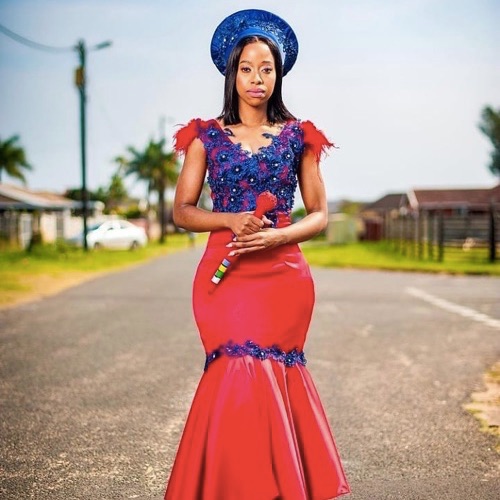
Comments are closed.